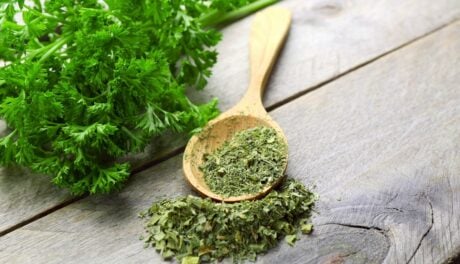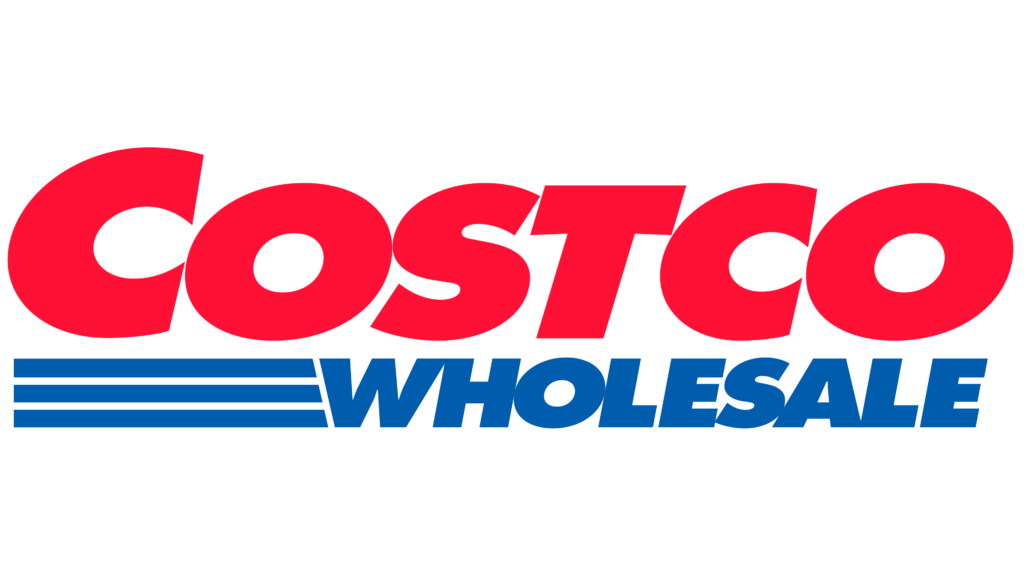
Whether you’re enjoying overnight oats, drinking a refreshing iced tea, or snacking on a granola bar, the question these days seems to be: What’s the chia seed content look like?
Chia seeds have the world abuzz right now. And with their versatility and nutritional profile in mind, it’s not surprising that chia seeds have become a staple ingredient in products spanning various grocery store isles.
But while the popularity of this superfood isn’t without merit, you may be surprised to learn that it’s not a craze that’s all that novel to this generation.
Read on to find out a bit more about this superfood and its longstanding history.
The generation-spanning chia seed craze
From an added nutrient-boosting ingredient in drinks to snacks to a raw ingredient found in pantries across the world, the versatility of chia seeds is unifying diets and eating habits like few other ingredients can.
(Just consider this no-bake overnight chia seed chocolate pudding or cheesy spinach and chia pancakes or the variety of homemade chia seed health drinks – you can’t argue with the versatility of recipes like that.)
The unifying factor isn’t just to people in the present, though. This is one ingredient that runs like a thread through history, connecting generations across chia trends.
It’s not every ingredient that receives an exposé in the New York Times, you know. In Dani Blum’s piece, The Seeds Strike Back, the writer takes us on a journey through the generational chia trends. Because chia seeds have been cool before. And even if the buzz around them simmers down, they’ll be cool again somewhere down the line.
But it’s because this superfood has been around for so long that it’s easy to find new uses and recipes for them.
From the superfood craze right now to the chia pets that emerged in the 1970s (and still going strong with a slew of pop culture pets), the chia seed craze has been going since as far back as the Aztecs.
The ancient history of chia seeds
The versatility and multi-use nature of chia seeds isn’t a consumerism trend that’s been inspired by social media influencers and health brands. We’re just building on an age-old chia foundation started by the Aztecs.
Beyond its use in food (where they used chia seeds as an ingredient, a flour, and for oil), the Aztecs used chia seeds in medicine, religious rites, and even paints.
To learn more about the rich history of chia seeds and the Aztecs, read The Cultural Importance of Chia on Beyond the Equator.
And it’s because chia seeds have been around as a versatile ingredient in South America since 3500 BC that it’s still a part of its cultures in a far more deep-rooted way than as a mere diet fad.
Just take the Tarahumara Indians of Mexico as an example. In the early 2000s, the athletes of this region became known for their running stamina, going for miles without any signs of fatigue. When the phenomena was investigated, all signs pointed to a special chia seed and lime drink that allows slow time-released energy which increases stamina. No Monster on Gatorade in sight, just an ingredient that you can grow at home.
But the deep-rooted relationship South America has with chia seeds isn’t born solely out of cultural history. The harsh agricultural conditions of this continent, though scorching for people at times, are perfect for chia plants to flourish in.
South America: a chia seed paradise
The chia plant is a hardy specimen that can withstand the harshest of environments. The arid heat of the South American plains are the perfect environment for these crops. This is what has made it such a valuable crop for South American countries like Paraguay.
As a crop, it’s also one of the least demanding and most cost-effective to grow. The chia plant can thrive in low quality soil and does not require any pesticides as its essential oils are naturally repellent to insects.
But the rise in popularity has led to a rise in production as well. So where South America was once regarded as the only reliable source of mass chia seed production, countries like Australia as well as areas in the Asia Pacific have joined the fray to answer the global demand.
But with all of this history, the question still remains: Just why the heck are these little guys so popular? It’s because of their well-earned status as nutritional superfood.
The nutritional value of chia seeds
Chia seeds are seen as a complete protein, because it contains all nine essential amino acids not produced by the body. And just 1 ounce (28 grams or 2 tablespoons) of chia seeds contains:
- Carbohydrates: 11.9 grams
- Fiber: 9.8 grams
- Calcium: 14% of the Daily Value (DV)
- Iron: 12% of the DV
- Magnesium: 23% of the DV
- Phosphorus: 20% of the DV
- Zinc: 12% of the DV
- Vitamin B1 (thiamine): 15% of the DV
- Vitamin B3 (niacin): 16% of the DV
That’s quite a punch for a single serving. Not bad for such a small ingredient.
They’re also packed with antioxidants, which protect the sensitive fats in the seeds from going rancid and help the body fight against the free radicals that contribute to aging and cancer.
But the most important nutritional traits of chia seeds are their fiber density and high omega-3 fatty acid content, which play a large part in lowering cholesterol, triglycerides and blood pressure and helps promote weight loss.
And it’s not just the boost in dietary health benefits that has the world excited, the nutrients contained in chia seeds are key parts in skin and hair nutrition as well. So if you’re looking for that secret ingredient that will have both health gurus and beauty experts flocking your way, chia seeds may be the way to go.
Give your products the boost it needs

Over the past decade, Google searches for chia seeds have surpassed searches for other healthy foods, including turmeric, kale and avocados.
So even with all the air-fried kale chips and smashed avo toasts doing the rounds on social media, chia seeds beat them at their own superfood game.
So if you’re looking for a way to give your product the boost it needs in the race for healthy options, the search may just be over. Don’t hesitate to reach out to our dedicated team members, Emi, Fran, or Eran, who are ready to help you infuse the goodness of chia seeds into your product journey. For a comprehensive view of our offerings, explore our catalog and uncover the superfood potential that awaits.










